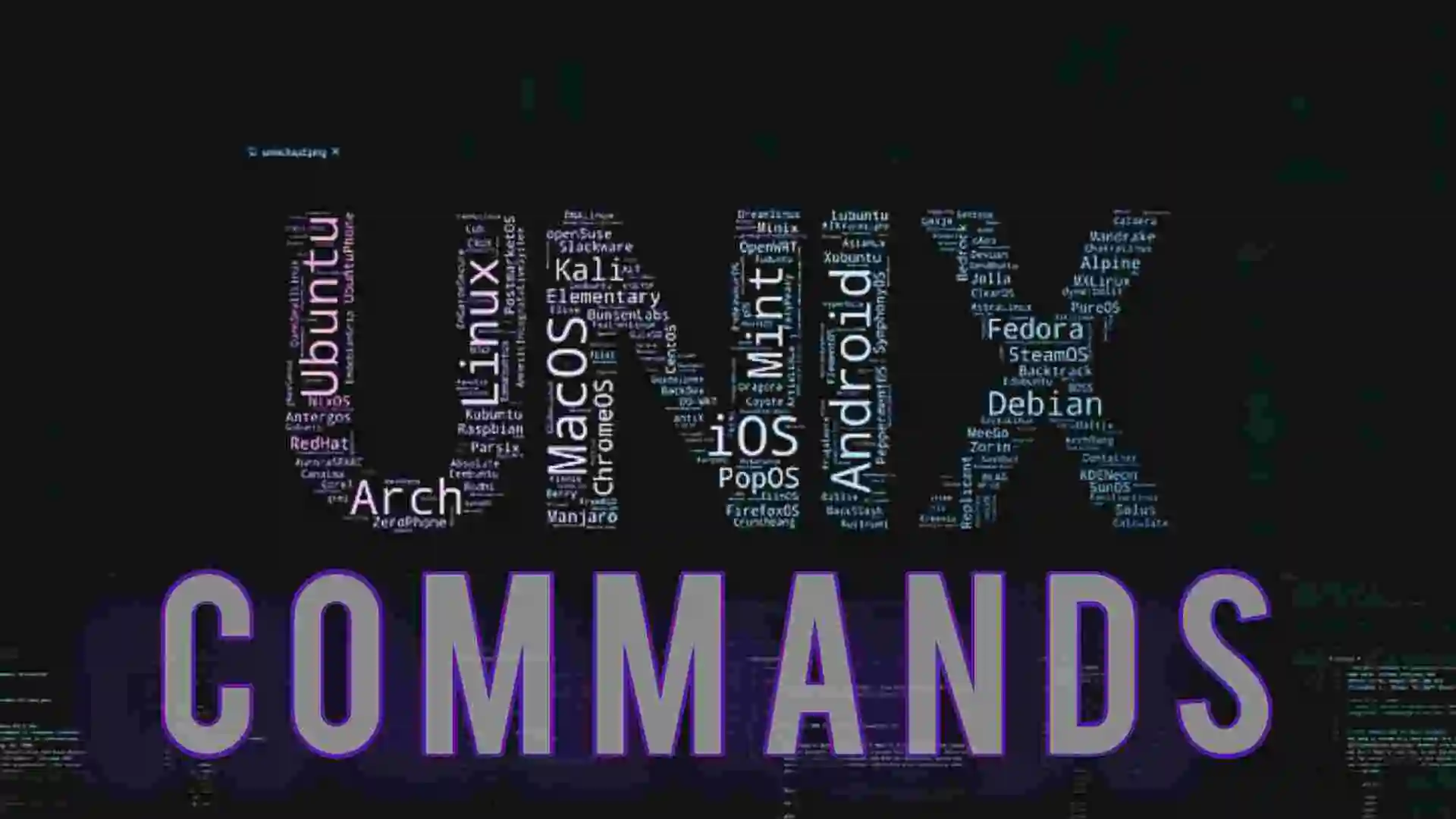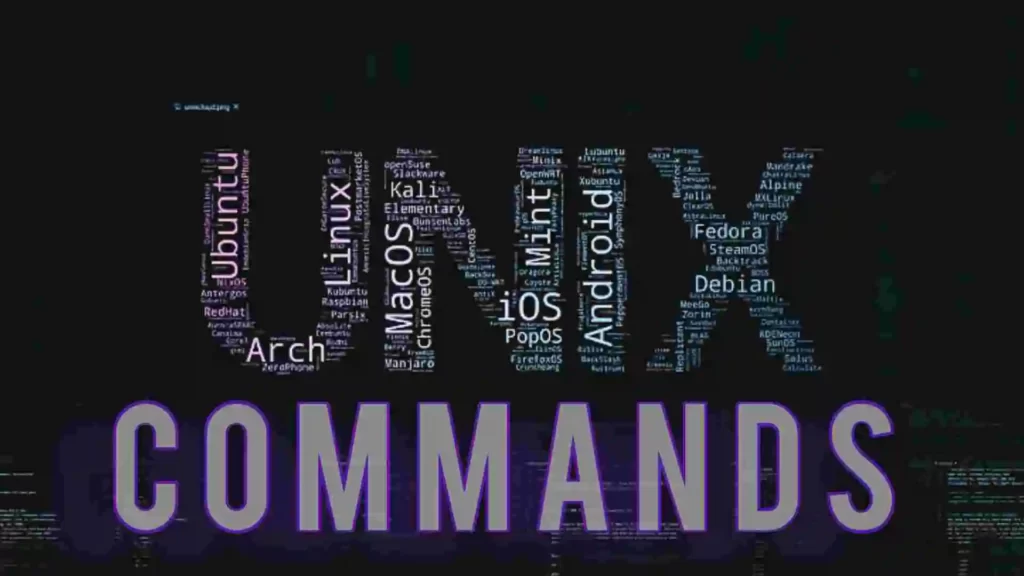
Unix Commands You Must Know: A Category-Wise Explanation.
What Is Command?
Computer commands are powerful tools that allow users to interact with a computer system and perform various tasks efficiently.
Commands can can be vary depending on the operating system, software, or programming language being used.
In this post we will learn about Unix/Linux based commands.
What are Unix Commands?
Unix commands are a set of instructions that can be executed in a Unix-like operating system (such as Linux, macOS, or FreeBSD) to perform various tasks, such as managing files, directories, processes, users, and system settings.

Unix/Linux commands can be used to perform a wide range of tasks, such as file management, text processing, system configuration, network operations, and more.
It’s important to have a good understanding of the specific commands you are using and their syntax to ensure accurate and safe execution
Unix Commands By Category
1. File Management Commands
File Management Commands allow you to perform various operations on files and directories. Here are some commonly used file management commands:
- ls: List the files and directories in a directory on the file system,
- cd: Change the current working directory.
- mkdir: Create new directory.
- touch: Create a new file.
- cat: Prints the contents of a file.
- rm: Used Remove (delete) files or directories from the file system.
- cp: Used to copy files or directories from one location to another.
- mv: Used to rename files or directories, as well as move them from one location to another.
- chmod: Change the permissions (i.e., access permissions) of files and directories.
- chown: Change the ownership of files and directories.
2. Text Processing Commands
Text processing commands are used for manipulating and processing text files or streams of text data. Here are some common text processing commands:
- grep: Search for patterns in files
- sed: Stream editor for text manipulation
- awk: Text processing tool for pattern matching and data extraction
- sort: Sort lines of text
- uniq: Report or omit repeated lines
- cut: Remove sections from each line of a file
- head: Display the first part of files
- tail: Display the last part of files
3. System Management Commands
System management commands are used for managing various aspects of the system, including system configuration, process management, user management, and system monitoring. Here are some common system management commands:
- ps: Display process status
- top: Display system processes in real-time
- df: Display disk space usage
- du: Estimate file space usage
- free: Display memory usage
- uname: Display system information
- shutdown: Shut down or reboot the system
- su: Switch user or become superuser
4. Network Commands
Network commands are used for managing various aspects of networking, such as network configuration, network diagnostics, and network troubleshooting. Here are some common network commands:
- ping: Test network connectivity
- ifconfig: Configure network interfaces
- netstat: Display network connections and statistics
- nslookup: Query DNS for domain information
- traceroute: Display the route and measure transit delays of packets
- ssh: Securely connect to remote servers
- scp: Securely copy files between local and remote systems
- ftp: Transfer files to/from a remote server using FTP
5. User Management Commands
User management commands are used for creating, modifying, and managing user accounts, as well as setting user permissions and privileges. Here are some common user management commands:
- useradd: Add a new user account
- userdel: Delete a user account
- passwd: Change user password
- chsh: Change user shell
- chage: Configure password expiration and account aging
- id: Display user and group information
- su: Switch user or become superuser
- sudo: Execute commands with superuser or other user privileges
Conclusion
There are so many unix commands available. By deviding them into categories makes you easy to learn these commands. Your categorization may vary depending on your specific context or purpose. Make your own customization and adapt it to your specific needs



